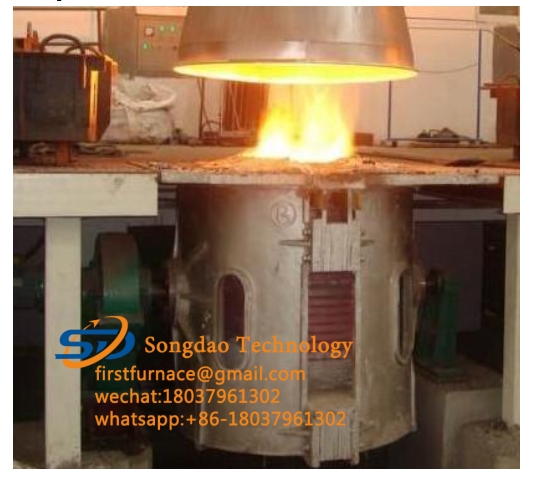- 18
- Nov
What are the requirements for the transformer and incoming line voltage of the intermediate frequency induction melting furnace?
What are the requirements for the transformer and incoming line voltage of the intermediate frequency induction melting furnace?
Answer: Energy saving and consumption reduction, pollution prevention and emission reduction are important means for sustainable social and economic development. Induction melting has fast heating speed, high efficiency, less burning loss, less sultry heat loss, relatively low workshop temperature, and reduces the generation of smoke and dust. It has significant effects in saving energy, increasing productivity, improving working conditions, reducing labor intensity, and purifying workshop environment. Users of intermediate frequency furnaces, such as foundry companies, should choose the transformer capacity, output requirements, investment quota, etc. as the selection criteria when choosing an intermediate frequency melting furnace. When purchasing equipment, they should pay attention to the following matters:
1. Transformer capacity For SCR full-bridge parallel inverter intermediate frequency power supplies commonly used in the industry, the numerical relationship between transformer capacity and power supply power is: Transformer capacity (KVA) = power supply (KW) x 1.25 (Note: 1.25 is a safety factor) . The transformer is a rectifier transformer. In order to reduce the interference of harmonics, a special machine is used as much as possible, that is, an intermediate frequency power supply is equipped with a rectifier transformer. To
2. Incoming line voltage For the intermediate frequency power supply below 1000KW, three-phase five-wire 380V, 50HZ industrial power is generally used, and 6-pulse single rectifier intermediate frequency power supply is configured; for the intermediate frequency power supply above 1000KW, it focuses on the use of 660V incoming line voltage (some The manufacturer uses 575V or 750V. Because 575V or 750V is a non-standard voltage level, it is not easy to purchase accessories. It is recommended not to use it. It is equipped with a 12-pulse double rectifier intermediate frequency power supply. There are two reasons: one is to increase the rated operation by increasing the incoming line voltage. Voltage; the second is that the harmonics generated by high-power will interfere with the power grid. Through double rectification, a relatively straight DC current can be obtained. The load current is a rectangular wave and the load voltage is close to a sine wave, reducing the impact of grid interference on other equipment. Some users blindly pursue high voltage (some 1000KW uses 900V incoming line voltage) and low current to achieve the goal of energy saving. Don’t you know that this is at the cost of the life of the electric furnace, and the gain is not worth the loss. High voltage will easily shorten the life of electrical components. , The copper bars and cables are exhausted, which greatly reduces the life of the electric furnace. In addition, for electric furnace manufacturers, high voltage reduces raw materials in terms of materials and saves costs. Electric furnace manufacturers are definitely willing to do this (high price and low cost), and the manufacturers who use electric furnaces ultimately suffer.

